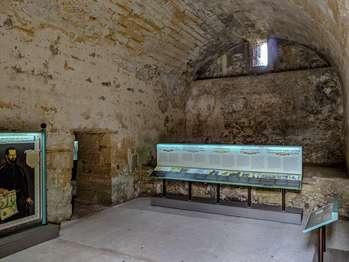Last updated: February 11, 2021
Place
Casement 4 Timeline Exhibit

Quick Facts
Amenities
1 listed
Historical/Interpretive Information/Exhibits
The timeline exhibit in this room gives general description of the important events in the Castillo's history and a timeline of key dates from the 1400s to 1898.
